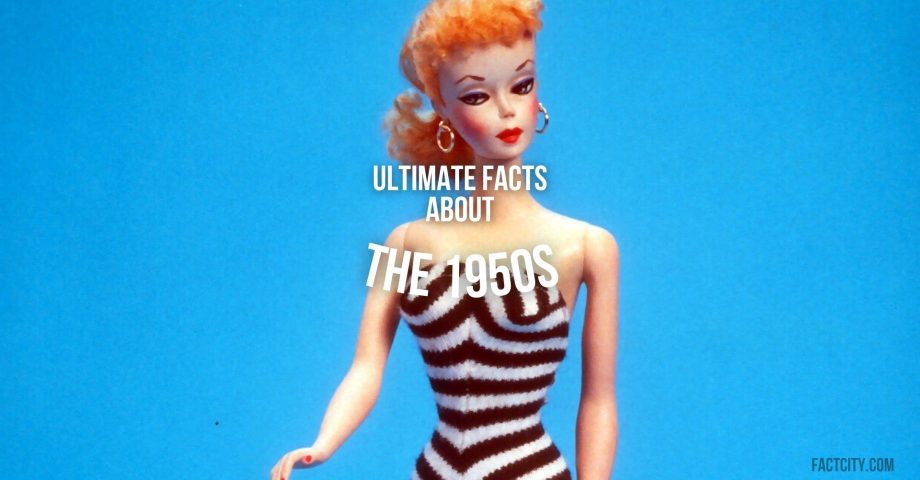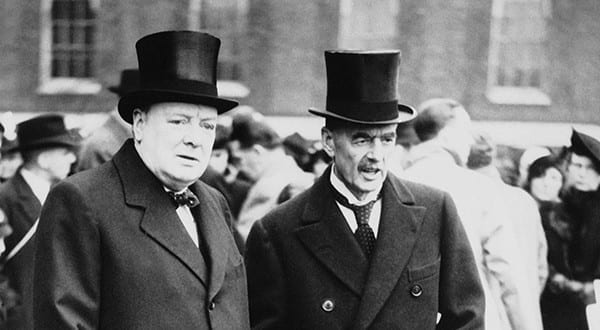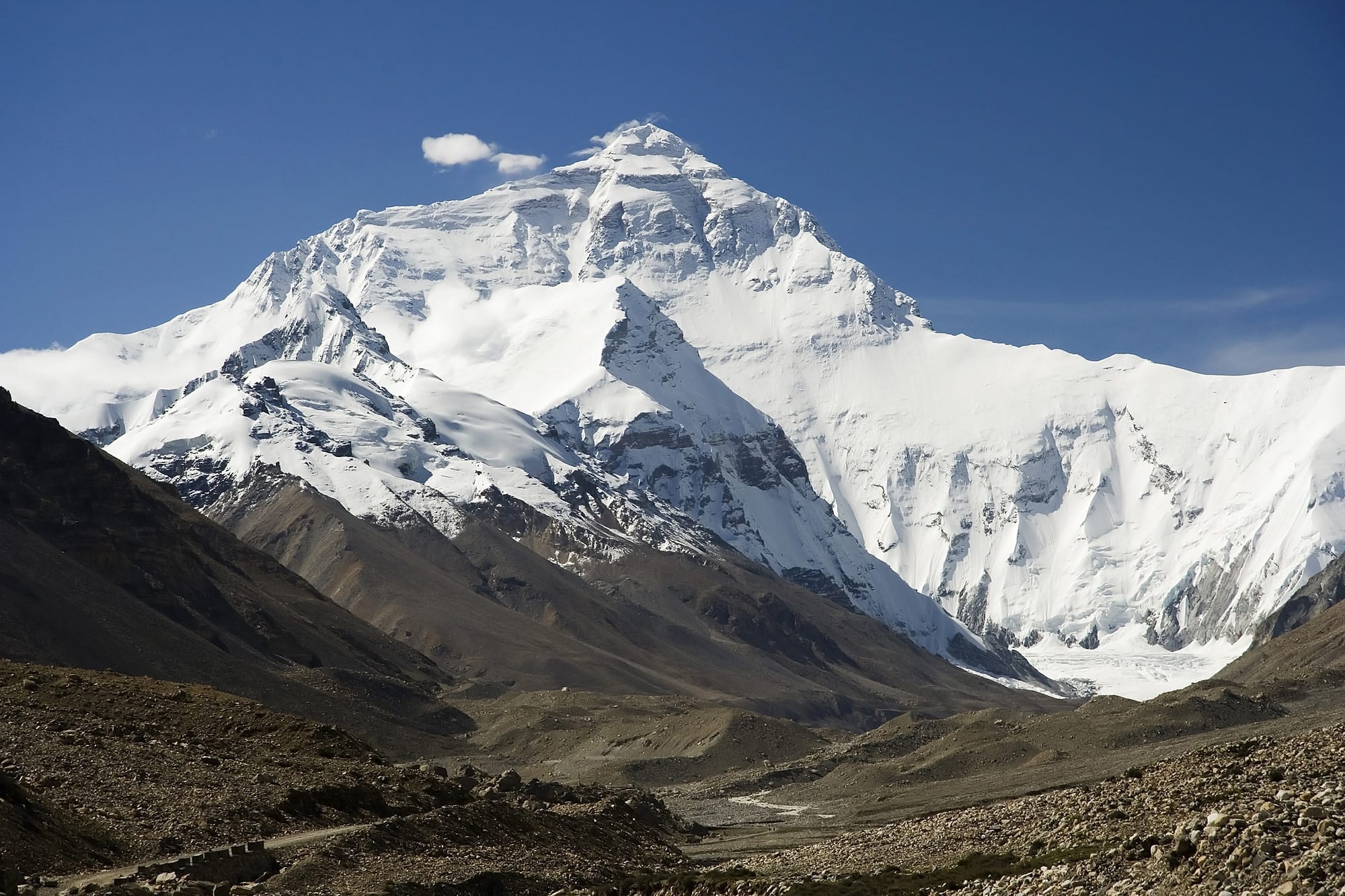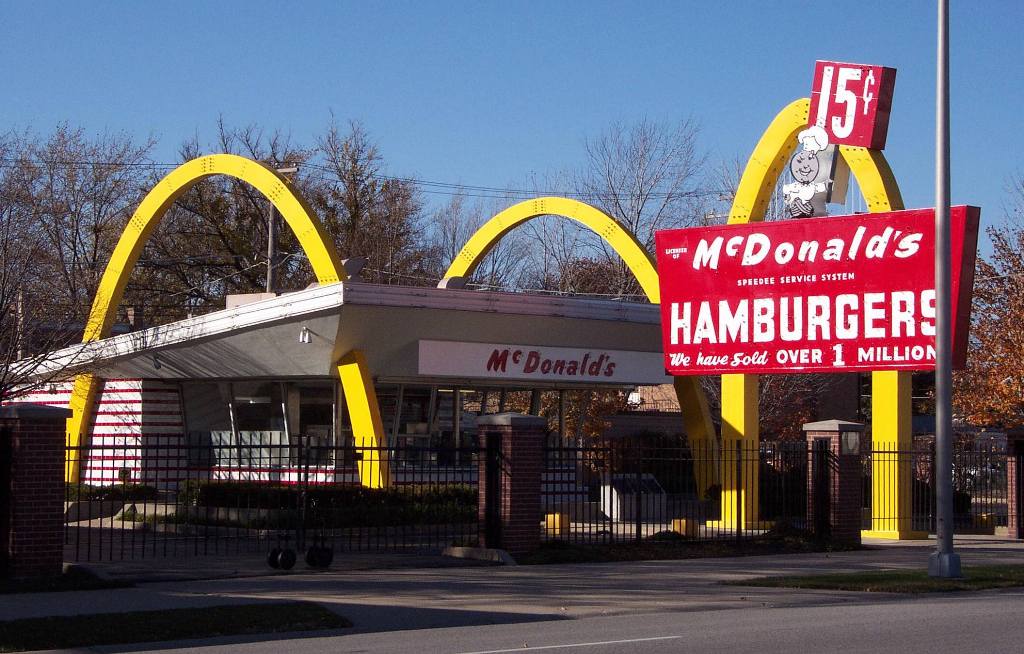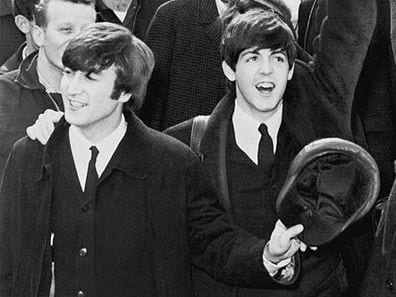22 Fierce Facts About the 1950s
We have a lot to thank the 1950s for. It was the first decade to emerge post-war, creating cultural revolutions all over the world. Popular music was on the rise, as was home entertainment via television. It was also a huge revolution for fashion, as well as one for strides in racial equality.
It’s a huge decade – and we probably have thousands of interesting facts about the 1950s we can share with you! However, for now, make a point of poring through the following and familiarize yourself with this epoch-making, game-changing few years.
1. It was a decade for civil rights change and a focus on equality.
The 1950s was a crucial decade for civil rights. In 1955, Rosa Parks, an African American, defied racial segregation laws by sitting at the front of public transport, which was initially reserved for white people. She refused to move – and a movement for African American rights began.
In 1957, the Civil Rights Act was passed by US President Eisenhower, making the prevention of someone voting a completely illegal act. Therefore, people of color could no longer be stopped from voting in any state of the US! It was a critical change for the country and for equal rights.
2. Rationing was still ongoing, even post-war.
Believe it or not, by the 1950s, some foods were still being rationed after the Second World War. Meat was rationed in the UK until 1954, when farming and meat production had recovered sufficiently from the effects of the conflicts. In 1953, sugar ceased to be rationed in the UK, too.
By the time Queen Elizabeth II reached the throne in 1952, foods such as meat, cooking fat, sugar, butter, cheese, and even tea were all still rationed in the UK!
Rationing in the US, meanwhile, officially “ended” toward the end of the 1940s, as the government repealed the restrictions on everything barring sugar.
3. War was far from over.
Yes, World War II had ended, but a new conflict was emerging. The ‘Cold War’ was dominating politics in the 1950s. Immediately after the end of the Second World War, tensions between Russia and the US grew. Both superpowers possessed weapons of mass destruction.
This led to a cold standoff, as neither enemy could launch weapons without devastating retaliation. ‘Resisting’ the use of their ‘hot’ weapons, along with the threat of war and the tensions between these countries, gave the ‘Cold War’ its name.
Winston Churchill, Prime Minister of Britain, used the term ‘Iron Curtain’ to identify the ‘iron strong’ boundary the Soviet Union had created to separate itself from other European countries.
4. Churchill took power for a second time.
Clement Attlee, having become Prime Minister of the UK in 1945, was replaced by Winston Churchill in 1951. This was Churchill’s second term as Prime Minister, and in 1955, he was succeeed by Sir Anthony Eden, who held the position for just under two years.
In January 1957, Harold MacMillan took over as Prime Minister, remaining in office until 1963. That’s a lot of changes at the top in one decade!
5. Big changes in fashion swept across the West.
In the early 1950s, the fashion industry was reinvigorated. Flowing skirts and blouses with ‘Peter Pan’ collars were popular, and denim jeans were also becoming hugely popular. They’ve never really gone away!
Some of the top designers at the time included Christian Dior, Cristóbal Balenciaga, Hubert de Givenchy, and, of course, the timeless Coco Chanel, who had been charming customers and followers of high fashion since the 1920s.
Cat-shaped elapses and headscarves were also coming into vogue, particularly in the USA and Europe.
6. Eisenhower took office after an incredible performance in World War II.
From 1949 to 1953, Harry S Truman was President of the US. He was replaced by Dwight D Eisenhower, who remained in office until 1961.
Many were glad to see Eisenhower in office as he had played a crucial role during World War II. He served as the Supreme Commander of the Allied forces, earning the rank of five-star general during his command.
Eisenhower was an extremely popular President, having ridden to power on the back of the now-famous “I Like Ike” campaign – Ike being his nickname.
7. Hollywood continued to evolve and expand long into the 1950s.
Iconic films of the 1950s include ‘Cinderella’, ‘A Streetcar Named Desire’, ‘Singing in the Rain’, ‘High Noon’ and ‘Rashomon’.
Rashomon is a Japanese film that won a ‘Golden Lion’ at the Venice Film Festival for innovation, which paved the way for more films such as ‘Seven Samurai’ to be made and reach audiences in the West.
8. The decade played host to some of the biggest natural disasters on record.
On 15th August 1950,4,800 people were killed by an earthquake measuring 8.6 on the Richter scale. Known as the Assam Earthquake, people across India and Tibet were devastated by the aftershocks.
It was the strongest land earthquake ever recorded at the time. And, technology to monitor such quakes would only continue evolving from here.
9. People made it to the top of Mount Everest for the first time.
Tenzing Norgay made history in 1953 by becoming the first person to ever reach the top of Mount Everest. He achieved the feat along with Sir Edmund Hillary.
Since then, as of 2023, only 6663 other people have ever reached the summit. It remains one of the biggest must-dos for mountaineers all over the world. It’s certainly not a feat for the faint of heart!
10. Charlie Brown and Snoopy made their debut.
1950 itself saw the debut of the ‘Peanuts’ comic strip, written and illustrated by Charles Schulz. In these comics, we saw the debut of iconic characters in Charlie Brown and Snoopy.
Snoopy went on to become a popular figure in TV specials and even the Macy’s Thanksgiving Day Parade! Long after Schulz’s passing, the Peanuts characters have remained pop culture icons – with even a feature film produced by Dreamworks releasing to public acclaim in the 2010s.
11. Scientists began breaking down our genetic code – and new inventions focused on convenience.
The 1950s was also the decade in which DNA was officially ‘discovered’ by James Watson and Francis Crick. Specifically, they uncovered the double helix, which has been crucial in our understanding of genetics ever since.
Other breakthroughs included inventions such as photocopiers, LPs, and even the earliest video games!
12. Aquatic nukes made their debut.
The world’s first nuclear submarine was launched in 1954 – the USS Nautilus. It was also the first submarine ever to complete the submerged transit of the North Pole.
To this day, there are said to be around 160 nuclear-powered subs roaming the oceans. Some, in fact, are aircraft carriers. The US remains the holder of the most nuclear subs on the planet.
13. A certain green frog debuted on TV screens for the first time.
1955 saw the official TV debut of Kermit the Frog, though he wasn’t with the Muppets at this point! Creator and puppeteer Jim Henson debuted him as part of his show ‘Sam and Friends’.
By the 1970s, the Muppets made their debut on TV and film, and Kermit would effectively become the face of the brand. Muppets shows and movies are still being made to this day, thanks to Disney+.
14. People started watching color TV.
1951 played host to the first-ever TV show in color in the US, through the RCA network. The show was called “Premiere”, a variety performance.
Black and white or monochrome TV, however, would still be watchable even into the late 1990s – though the rise of digital television would eventually move all sets to the modern standards we know today.
15. Fast food in the US welcomed a new iconic brand.
McDonald’s first opened for business in 1955, specifically in Des Plaines in Illinois. It didn’t take long for the franchise to become one of the most popular companies in the nation.
Today, there are over 40,275 McDonald’s restaurants across the globe! The story of the rise of McDonald’s and its ambassador, Ray Koch, made it to the big screen in the critically-acclaimed movie ‘The Founder’, starring Michael Keaton.
16. It was the decade of Elvis.
The 1950s was also a pivotal year for popular music, and the rise of rock and roll. Its biggest star, Elvis Presley, bought his now-iconic estate, Graceland, in 1957.
In fact, Elvis Presley only made his radio debut four years earlier, in 1953. To this day, he remains the biggest-selling artist of all time, even through the ages of digital downloads and streaming.
17. England welcomed its longest-reigning monarch.
Queen Elizabeth II of Great Britain was crowned in June 1953! She took over the throne from her father, King George VI, a popular figure during WWII.
She ruled as Queen until her death on September 8th, 2022. She was succeeded by her son, King Charles III.
Elizabeth II lived long enough to celebrate her 70th year on the throne, an incredible record surpassing that of Queen Victoria, and forever etching her name into the record books.
18. The Fab Four joined forces.
The 1950s also saw the genesis of The Beatles, arguably one of the most influential and popular music groups of all time.
It was in 1957 that Paul McCartney and John Lennon met for the first time. They would go on to become one of history’s most famous songwriting duos, and The Beatles remain only second to Elvis in worldwide record sales.
However, it wouldn’t be until 1964 that Paul, John, Ringo, and George would gain international fame.
The Beatles would split not long after, and sadly, wouldn’t become a permanent group again. Lennon was murdered in the 1980s – but McCartney and Ringo Starr continue to perform together occasionally.
19. The US named its 50th state.
Believe it or not, the US didn’t even have 50 states until the end of the decade. It was only in 1959 that Alaska and Hawaii were finally admitted to the Union.
There have been no other territories admitted to the US since this date, though some countries continue to apply.
20. Space exploration took flight.
NASA also debuted in the 1950s, with the organization setting up in 1958. That’s only 11 years before the US would land on the Moon!
Thanks to NASA, the US got its first satellite, and the world gained the Hubble Space Telescope, the Mars rover (Curiosity), and, of course, universe-defining, ground-breaking space exploration!
21. Toy stores welcomed Barbie to their shelves for the first time.
The iconic Barbie would make her toybox debut towards the end of the decade, emerging at the International Toy Fair of March 1959. She’s been a part of toy store shelves ever since.
She even went on to become the star of her very own recently Oscar-nominated film, thanks to director Greta Gerwig, and producer and star, Margot Robbie.
22. The 1950s saw an entertainment and culture boom.
Some of the most important cultural landmarks of the 20th century emerged from the 1950s. For example, West Side Story was launched on Broadway, the Wizard of Oz debuted on television, and JD Salinger published Catcher in The Rye.
The 1950s also saw the first iteration of The Twilight Zone, which first emerged on our screens back in October 1959. It’s been rebooted multiple times, though the original stories are normally remembered the most fondly.
This show also established Rod Serling as a popular fixture on US TV. He would go on to helm a further anthology series, Night Gallery, some years later.

FAQs About the 1950s
What were the 50s known for?
The 1950s were mainly known for a boom in entertainment, the civil rights movement, and the birth of the Cold War that would last for at least another four decades.
What were the 50s nicknamed?
The 1950s earned the nickname of the ‘Golden Age of Capitalism’, among others, thanks to huge economic growth.
What made the 50s so prosperous?
It’s thought that increased consumer interest - mass spending - helped to encourage enormous growth in the 50s. It’s worth noting, too, that adults spending in the 50s likely grew up during the Great Depression.
Do you know any interesting facts about the 1950s? Share them in the comments below!
This page was last modified on April 12, 2024. Suggest an edit
